Functions
Services offered
Hearing evaluation in laboratory animals is performed by electrophysiological non invasive tests. These techniques provide in vivo functional reproducible and quantitative information and preserve the life of the animal, allowing longitudinal studies.
Auditory Brainstem Response (ABR) test provides information about the functionality of both peripheral and central nervous system components that together constitute the auditory pathway (Figure 2). ABR allows determination of the auditory threshold and the speed of nervous conduction between different regions within the brainstem. The Otoacoustic Emissions (OAE) test detects low intensity sounds delivered by the cochlea after pure tone stimulation, which inform about the integrity of outer hair cells.
NINE offers to the scientific community these services:
1.- Hearing evaluation in biomedical research and other contexts.
- Characterization of genetically modified mice and other experimental models in diverse animal species.
- Development of ototoxicity and noise-induced hearing loss animal models.
- Pharmacology and Toxicology.
- Otic degeneration and regeneration.
- Evaluation of animal models in surgical or behavioural studies.
Age-related hearing loss studies.
2.- Neurofunctional evaluation of other systems.
- Vestibular phenotyping.
- Somatosensorial evoked potentials.
- Neuromuscular evaluation and nerve conduction velocity test.
3.- Morphologic and molecular analysis of the cochlea.
In collaboration with the Neurobiology of Hearing group at the IIBM:
- Cochlear and vestibular sample collection for histology or molecular studies.
- Organ of Corti whole mount preparations for hair cell quantification.
- Inner ear paint filling.
- Specific staining and immunohystochemistries. Anatomopathological study.
Equipment
The ENNI facility is located in an acoustic and electric isolated room especially designed for carrying out electrophysiological techniques. Hearing tests are performed in sound attenuated acoustic chambers with temperature control that improve the quality of the in vivo registration. The available equipment includes complete electrophysiology workstations for the registration of bioelectric activity evoked by different stimuli, set up for hearing assessment but also for other functional evaluation.
- Tucker Davis Technologies Auditory Evoked Potentials Workstations. ENNI has two potent workstations targeted for rapid register of bioelectric potentials including ABRs, VEPs, ERGs, EMGs, EEGs and DPOAEs (Figure 3).
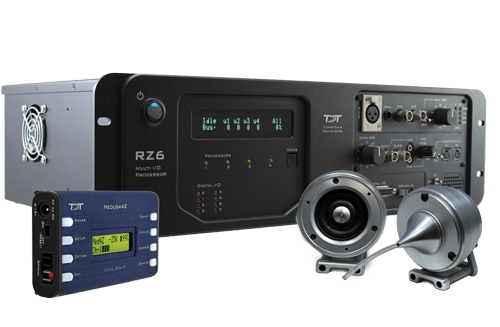
Figure 3
- Biopac MP150 Data Acquisition System, for registration and analysis of different evoked responses including hearing, visual and somatosensory potentials. It includes the STM 100C module for generation of sound stimulus and the ERS100C amplificatory (Figure 4).
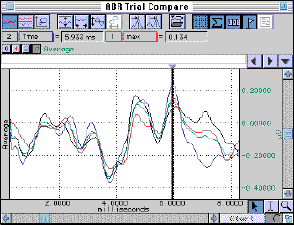
Figure 4.
- Panlab Startle Reflex and Pre-pulse inhibition System (Figure 5).
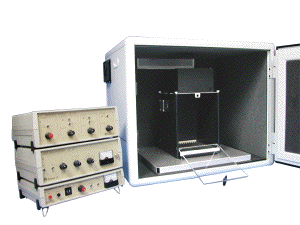
Figure 5.
- Reverberant chambers for noise exposure in mice and rats, especially designed to obtain a homogeneous and intense acoustic field (Figure 6).
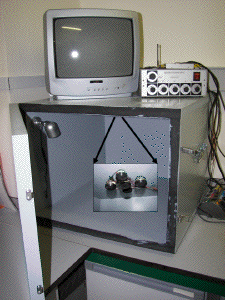
Figure 6.
- Equipment for inhalation anesthesia and surgery (Figure 7).
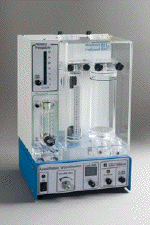
Figure 7.
- Lupa quirúrgica (Figura 8): disponemos de una lupa KAPS SOM 82 dotada de cámara y monitor para visualización del campo quirúrgico.